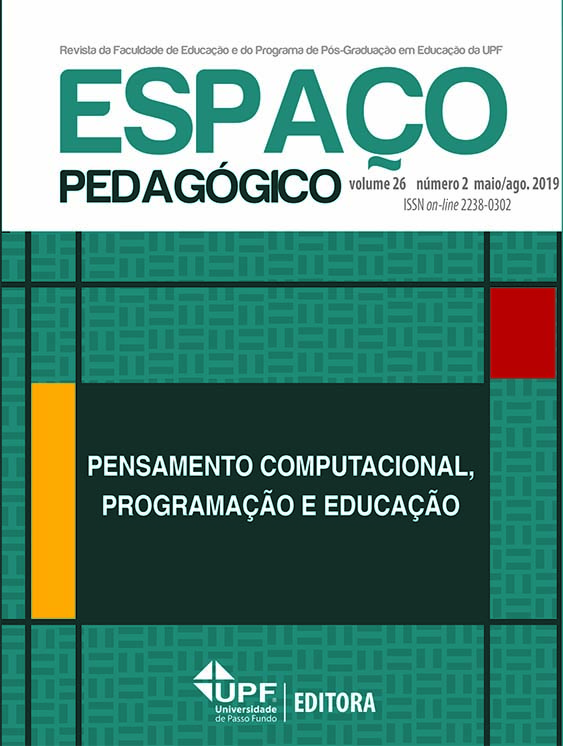Reflections on the relationship of deaf children with a digital resource for the appropriation of Portuguese written in a school environment
DOI:
https://doi.org/10.5335/rep.v26i2.8473Keywords:
Tecnologias. Língua Portuguesa como L2. Libras. Surdez. Infâncias.Abstract
Based on a previous research on the creation of a digital resource for teaching and learning Portuguese as L2, the present article seeks to highlight the importance of considering children’s perceptions (particularly the deaf ones, in this case) for the joint elaboration of these materials. Some records of the classroom interactions of a group of deaf children – girls between 7 and 11 years of age – are presented with the digital artifact developed, highlighting the forms of children’s agency in the relationship with the teacher deaf and the media in question. Having as theoretical contributions the Pedagogy of Childhood and studies in the field of Philosophy of Difference, it is concluded that the school space has been configured as a place where both the development of didactic resources in the bilingual education of deaf children, such as pedagogical practices in this sense, are still largely controlled by adults. In this sense, it is considered the need to stress traditional Portuguese language teaching practices as L2 for deaf children, since there are possibilities for less normative pedagogical activities in bilingual education, from the involvement of children in this process and from another researchers and producers of media-technological resources in the meantime.




